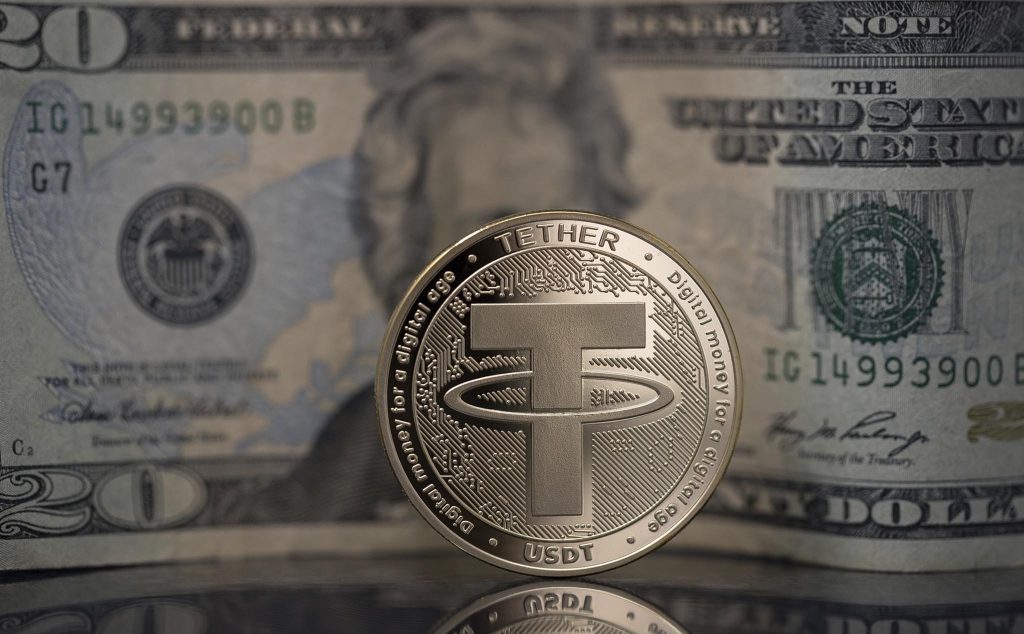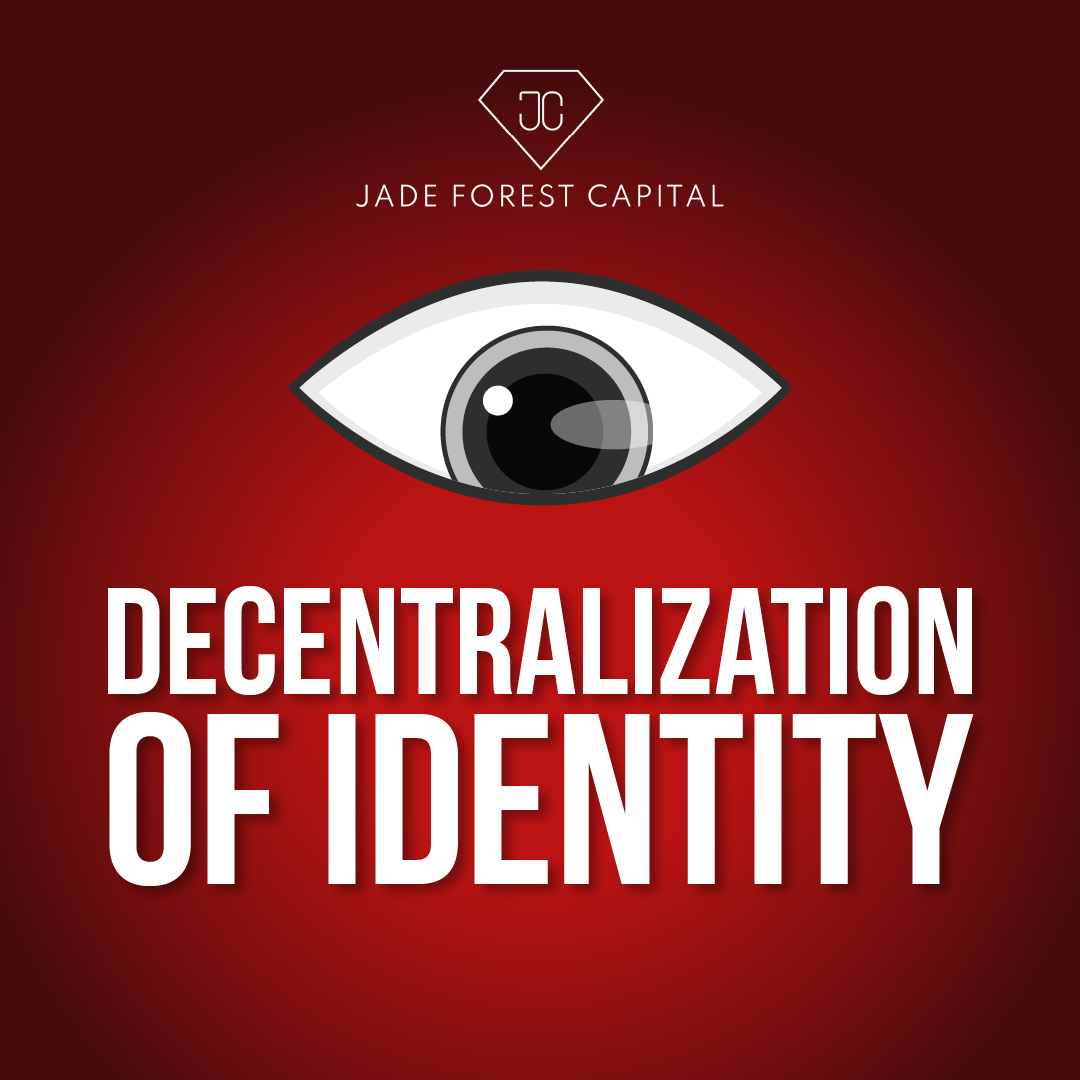The crypto market is considered highly volatile and unsafe as the price of tokens can increase or decrease by 10-30% within a day.
Those fluctuations require a stable token on the crypto market to help investors balance their assets and investment capital. In addition, stable tokens offer a safe shelter for investors and bridge the gap between the traditional and crypto markets. Thus, the concept of stablecoin was born to solve this issue.
What is stablecoin?
Stablecoins are kinds of cryptocurrency whose value is pegged to a fiat currency like the U.S. dollar, other cryptocurrencies, or a commodity like oil or gold, providing users with the benefit of security and immediate payment processing, without the price volatility.
Types of stablecoins
There are four types of stablecoins on the crypto market
- Fiat-backed stablecoins
- Commodity-backed stablecoins
- Cryptocurrency-backed stablecoins
- Algorithmic stablecoins
Backing methods:
Fiat-backed stablecoins

(Source: Internet)
The currencies used in this method are Tether (USDT) and USD Coin (USDC). These two stablecoins are backed by U.S. dollar assets, which means that when one USDC or USDT is minted, then 1 U.S. dollar is reserved.
Strengths: This type of stablecoins is stable and safe (because it is backed by fiat money), optimizing capital efficiency.
Weaknesses: These stablecoins are decentralized because of being pegged to fiat currencies, and it is uncertain whether USDC and USDT have sufficient dollar reserves to back their stablecoins.
Commodity-backed stablecoins

(Source: Internet)
Similar to fiat-pegged stablecoins, commodity-backed stablecoins are backed by precious metals such as gold, silver, platinum, etc. Tether gold (XAUT) is an example of a commodity-backed stablecoin.
These coins are not used frequently in the crypto market.
Cryptocurrency-backed stablecoins

(Source: Internet)
The stablecoin used in this method is DAI – minted when crypto-collateral loans are created on digital platforms.
With every DAI being minted, the collateral must be priced at USD 1.7 – 1.8 depending on the mechanism of the platform.
If the value of the collateral falls to the liquidation threshold, it will be liquidated.

(Source: Aave.com)
For example, if you deposit 1 ETH worth USD 2,000 as a collateral to make a DAI loan, you can only borrow at most USD 1,540 (77%), and your collateral will be liquidated if its price drops to USD 1,700 (85%).
These stablecoins are decentralized, but they do not deliver capital effectiveness.
Algorithmic stablecoins:

(Source: Internet)
This type of stablecoins is developed by the mechanism of contracting and expanding the supply because the algorithm calculates the supply and demand fluctuations of the product without having to be backed by any asset.
This type of stablecoins relies on three models to maintain its peg.
Single-token model
To put it simply, the price of each token in this model is pegged at USD 1. If the token value fluctuates, the supply will also fluctuate to help token holders ensure the stability of their asset value.
Multiple-token model
This model combines multiple tokens to stabilize the price of the main stablecoin.
Hybrid-token model
There is only one stablecoin in the operational mechanism of the hybrid-token model. When the rebase is positive, the total supply will increase and distribute to the participants in the protocol. When the rebase is negative, debt is issued at coupon rates to incentivize stablecoin holders to buy debt.
Note:
Since this type of stablecoins fluctuates in supply and demand thanks to the algorithms, the loss of stablecoins’ peg can still occur if the algorithm is not secure or because the mechanisms using such stablecoins do not have a clear peg solution. Luna had to suffer total collapse due to their irrational adoption of algorithmic stablecoins.
Those are four types of stablecoins in the crypto market that Jade Forest Capital has explained. We hope this blog will provide you with useful knowledge of the crypto market.


